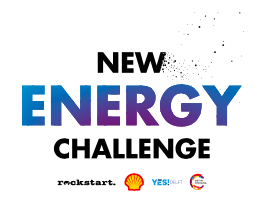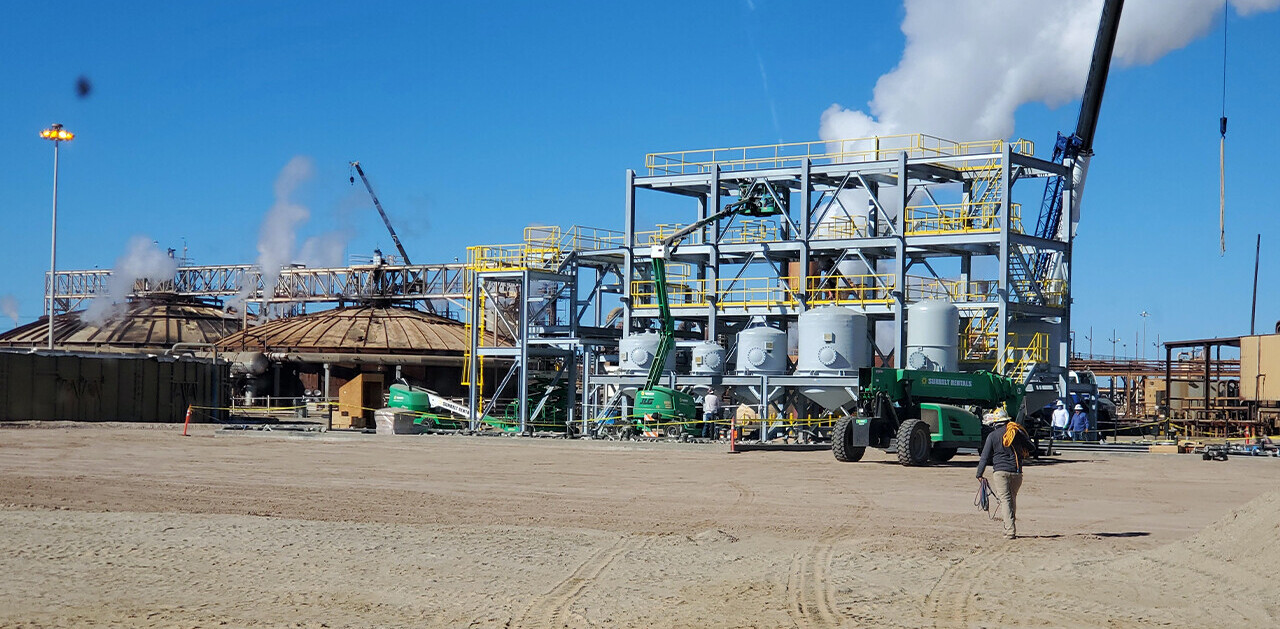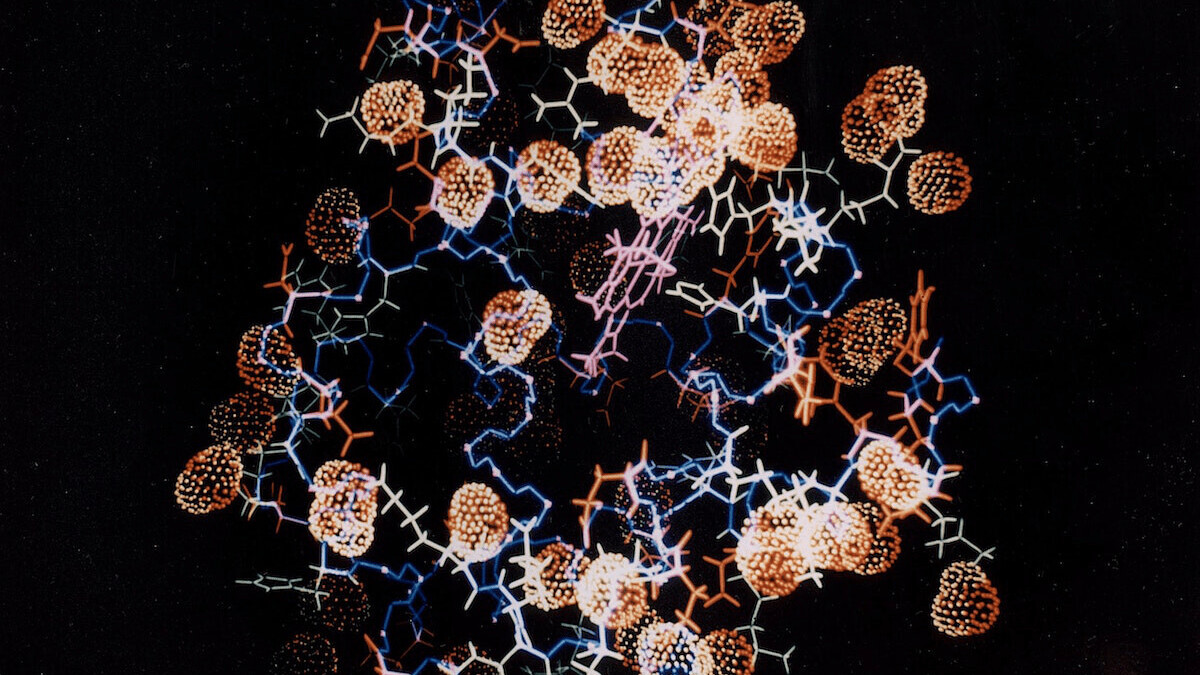
The global population is growing at a rapid rate. Estimates predict that by 2050, we’ll reach almost ten billion people. A growing population also means growing demand for energy to power our homes, businesses, transportation, and more.
One of the biggest challenges we face as a society is how to meet this demand, while at the same time lowering global CO2 emissions.
The solution? It’s no surprise that we need to rapidly expand our use of renewable energy sources. What’s often unclear are the hurdles we still need to overcome to get there. Some of the biggest challenges we face are:
Infrastructure
While we’re speeding up the collection of renewable energy with larger-scale wind and solar farms, one of the long-term changes we’ll need to focus on is creating the infrastructure to actually put this energy to use. One of the most recognizable examples is expanding electric charging points for EVs, but let’s not forget about facilities for energy transmission and distribution lines, energy storage, and management.
Sustainability
To truly lower emissions we need to look at all sides of our energy system, from the way energy is produced, to the ways it’s used and distributed. As we’ve covered on our Shift subrand, EVs are better for the environment overall, but only EVs charged with green electricity are truly emission-free.
Cost
Many renewable energy solutions remain significantly more expensive. For example, green hydrogen can cost around $3-$6/kg, while hydrogen made from fossil fuels costs between $1-$1.8/kg. To incentivize consumers and businesses to make the switch, governments have been using a stick and carrot approach, in the form of subsidies and carbon taxes. But what we really need are new solutions that make the transition clear and easy for everyone.
Every year, the New Energy Challenge is on the lookout for startups and scaleups with cutting edge ideas that can help businesses slash their greenhouse gas emissions in a way that’s both affordable and sustainable. This year, they’re looking for solutions that fit the following themes: New Mobility, Energy Storage, Energy Management, and Hydrogen.
If you’re a startup or scaleup based in Europe or Israel and have a great solution, sign up by June 1, 2021.
We caught up with last year’s winners, scaleup H2Pro and startup Finno Exergy, to find out how their technologies are helping to speed up the transition to green hydrogen and how winning the New Energy Challenge helped them to develop their solutions further.
Are we moving towards a ‘green hydrogen economy’?
Green hydrogen has long been hailed as “the fuel of the future,” and the alternative that could revolutionize our energy system. Vying to become the future leaders in green hydrogen production, governmental bodies from Chile to Australia to the European Commission have all announced ambitious new green hydrogen-centered energy strategies over the last few years.
In fact, in a bid to become the global leader of the hydrogen transition, the EU is pushing to make the Euro the global standard for international hydrogen trading.
And indeed, on paper, hydrogen hits all the marks. Unlike fossil fuels, it happens to be the most abundant element in the universe. Like fossil fuels, it can be burned to create energy or converted into electricity, but when produced using renewable energy, it produces no greenhouse gas emissions.
It’s now already being used in petroleum refining and fertilizer production, but it has a much wider range of potential applications. Imagine being able to hop on a green hydrogen-powered flight around the world, without having to worry about increasing your carbon footprint. From powering large-scale factories to heating our homes, green hydrogen could become firmly ingrained into our future energy system.
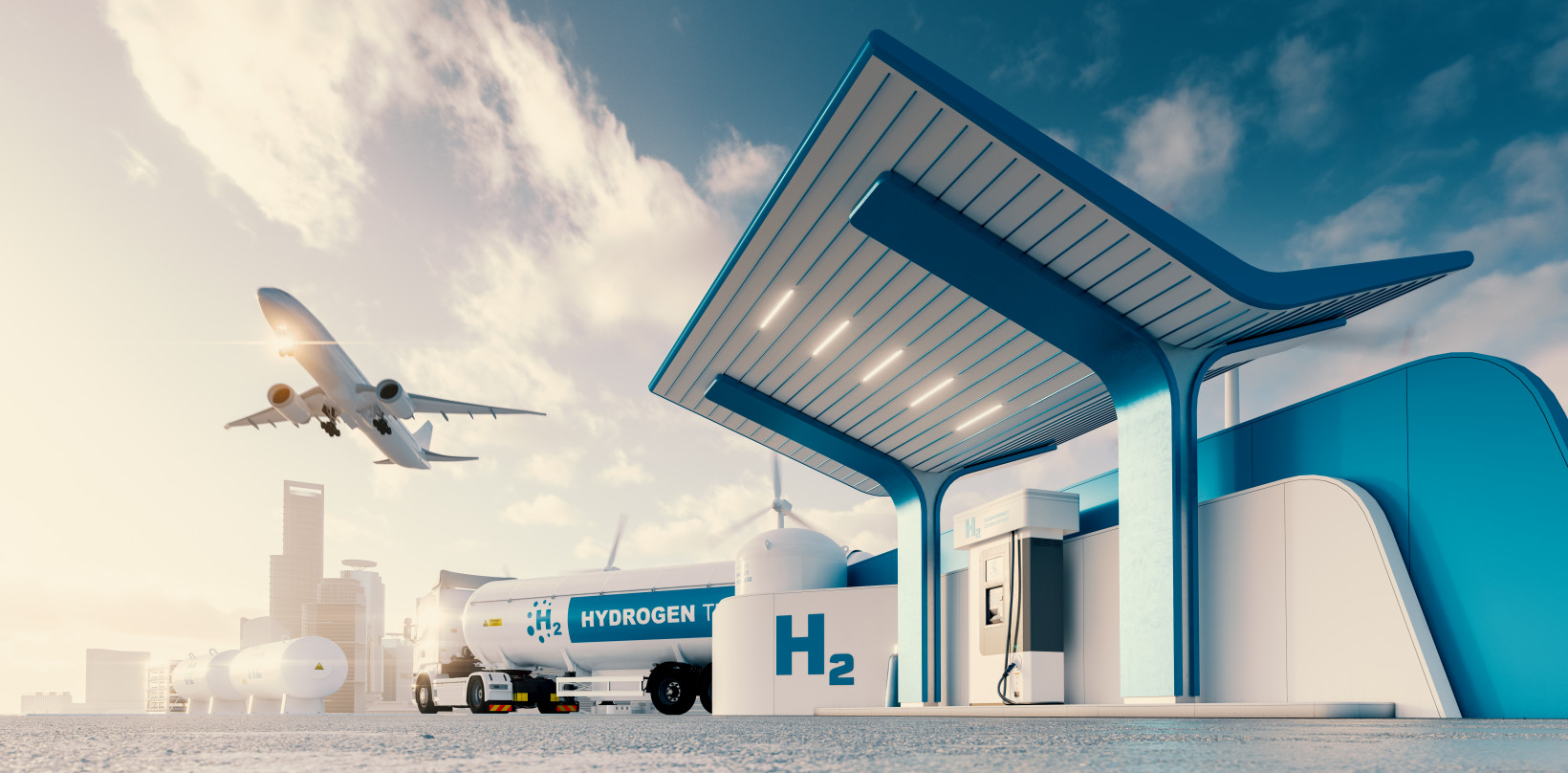
And this is by no means something new. The idea of building a “Hydrogen Economy” has been around since the 1970s.
So why haven’t we taken full advantage of this versatile element?
The problem is:
- It’s extremely expensive to produce. The Bank of America estimates current costs would have to fall by 85% to make it competitive with fossil fuel-derived hydrogen.
- It’s prone to variability based on the amount of green energy available. No wind or sun? No power for you.
- The explosive mixing potential of working with hydrogen and oxygen poses significant safety concerns.
- Finally, new infrastructure would need to be built to distribute green hydrogen on a larger scale.
Does this mean designs for a “‘Green Hydrogen Economy” are nothing but a pipe dream?
Making green hydrogen production affordable and safe
While hydrogen is the most abundant element on earth, it can only be found in compound form, as in H2O. This means it needs to be extracted and separated from other particles to be used.
Much like EVs, hydrogen is only as carbon neutral as the process it takes to produce it, and the type of energy used to fuel it.
While hydrogen is already in widespread use today, the vast majority is being produced with coal or natural gas. This “grey hydrogen” as it’s called emits CO2 emissions when it’s made. Green hydrogen, on the other hand, which is produced with alternative energy sources like wind and solar power, is carbon neutral.
But, as mentioned earlier, one of the biggest hurdles in shifting towards green hydrogen is the massive production costs involved. A report by the International Renewable Energy Agency found that green hydrogen is two to three times more expensive than blue hydrogen, which is produced using fossil fuels and carbon capture and storage. To recap, hydrogen made from fossil fuelscosts between $1-$1.8/kg, while Green hydrogen can cost around $3-$6/kg.
Until green hydrogen is cost competitive with grey hydrogen, it will be difficult to scale up its use on a wider basis.
But scaleup H2Pro has come up with a new process for developing it which could help make hydrogen production not only cheaper, but also more efficient and safer.
Green hydrogen is typically developed through a process called electrolysis, which uses electricity to separate water into hydrogen and oxygen.
H2Pro’s E-TAC (Electrochemical, Thermally Activated Chemical), also does this except that it uses two different steps: one Electrochemical (E) step and a Thermally-Activated Chemical (TAC) step, to separate hydrogen and oxygen generation.
By splitting these two, they can eliminate the need for the most expensive part of electrolysis-based systems: the membrane. Using thermal power to generate oxygen during the process also increases efficiency, ensuring that no energy is lost during the production process (unlike during electrolysis which results in up to 25% power loss).
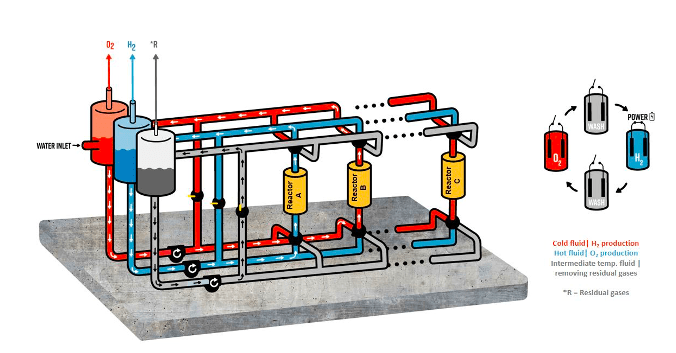
Finally, the fact that oxygen and hydrogen are produced in two different steps (rather than simultaneously) cuts the risk of the two elements mixing, making it much safer.
Their goal is to scale up the use of hydrogen by lowering the price to just $1/kg.
Addressing the fuel gap
Even if we solve the production affordability problem, green hydrogen is still subject to the availability of renewable energy.
One of the things you should know about hydrogen is that it’s not an energy source, it’s an energy carrier. Green hydrogen can be used to deliver and store the energy generated by fossil fuel alternatives, such as wind and solar. This means that energy generated by solar panels on a particularly sunny day can be stored and used at a later date. It can also be shipped and traded overseas.
While the use of renewable energy is growing significantly, we still don’t have enough infrastructure to capture the amount needed to cover current energy demand. And with a growing population, the need for energy will only increase. As such, we need to find new solutions for both using the energy we have more efficiently, and to balance supply.
This is where Finno Exergy, winner of the New Energy Challenge’s startup competition, comes in.
For decades, engineers have been improving gas turbines by making them more efficient, or by creating new materials that can, for example, increase temperatures within the turbine. But what has been almost untouched is the combustion process and, in particular, the advances that pressure gain combustion (PGC) can bring.
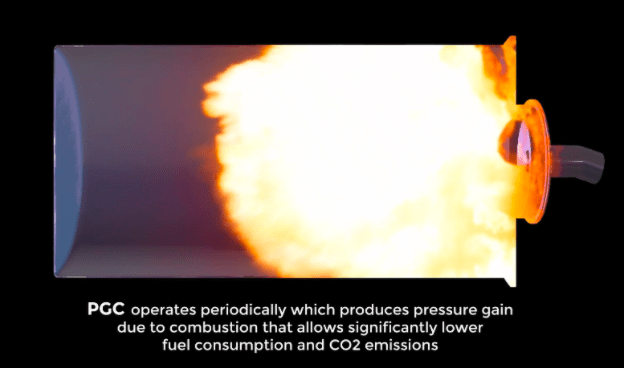
Finno Exergy has developed the first solution that can produce the pressure gain needed to significantly increase gas turbine efficiency. With their technology, turbines use 20% less fuel.

While this will help us use green hydrogen more efficiently, another aspect of its solution that will aid the transition to a wider use of renewables is the ability to use both green hydrogen, and mixtures of hydrogen and natural gas when the former is in short supply.
Tero Ijäs, Product Development Manager at Finno Exergy explained:
The amount of hydrogen will vary during the transition and for the next decades. This means you need to have a really flexible system that can use green hydrogen when it’s available and smoothly change the system so it can use natural gas or some sort of synthetic fuel when it’s not. So, in that sense, we can see that this innovation will play a great part in the transition phase and beyond.
Finno Exergy’s first product will be a small micro turbine unit that can produce electricity and medium pressure steam. But, as Ijäs shared, the bigger impact, and in his view the reason why they won the New Energy Challenge, is that their system can be adapted to bigger gas turbines, for example, those used in large power plants or in the marine and aviation industry.
It was a great learning for us as we’re more technology guys and not as experienced on the business side. During the intensive three-week period leading up to the challenge, we were given a lot of great advice and training. They really challenged our business models and thinking behind it, and helped us create our winning pitch. We’re now part of the GameChanger Program which has given us more credibility and proof that our solution really works.
And Ijäs has plenty of reason to believe their product will be able to reach this next level.
These last six months have been looking quite bright. A lot of big companies have released their hydrogen strategies. The EU already had the Green Deal but, as hydrogen is a really hot topic right now, there are a lot more upcoming funding opportunities.
While these innovative technologies can help bring us closer to a new green hydrogen era, as Ijäs explained, it will still take time and investment to make this a reality.
Small-scale innovations can be made, but if you want to have a more significant impact you of course need a larger infrastructure to actually make it happen.
While green hydrogen will help us lower CO2 emissions significantly in the long term, it’s not a silver bullet answer to our climate puzzle. It will take a patchwork of new technologies and breakthroughs in areas like wind, geothermal, biomass, and more, to transition our energy system in time to meet emissions reduction targets.
Do you have a solution that’s ready to make an impact in the development of renewables? The New Energy Challenge will be back again in October 2021 and is now open to startups and scaleups from Europe and Israel. Sign up by June 1, 2021.
Get the TNW newsletter
Get the most important tech news in your inbox each week.
This post is brought to you by the New Energy Challenge. The challenge is open to startups and scaleups based in Europe and Israel. Sign up before June 1, 2021.
